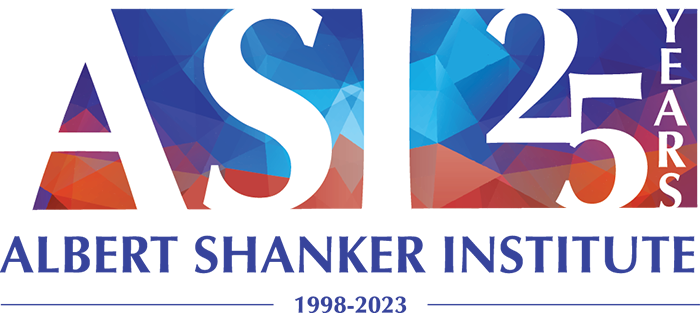Reading Legislation in California and Massachusetts – Is There a Third Path?
Two pieces of reading legislation - one recently enacted in California and another one under consideration in Massachusetts - mark early efforts in these states to align classroom instruction with the broad scientific consensus on how children learn to read, why some students struggle, and which components are essential for effective reading instruction.
There is evidence that reading policies can contribute to improved student outcomes, as seen, for example, in Mississippi. A recent national analysis likewise suggests that comprehensive early literacy laws are linked to gains in elementary reading achievement. While there is no single policy formula – as Matt Barnum notes, states adopting Mississippi-like policies may see meaningful gains but perhaps should not expect Mississippi-sized improvements – it is reasonable to conclude that strong legislation can contribute to raising literacy levels. Yet, these laws' potential, rest heavily on their effective implementation and sustained commitment over time. In this sense, the laws are best understood as setting the stage for reading reform, rather than as guarantees that change will unfold exactly as written.
How can more states move (or continue to move) toward stronger reading laws that set a better stage for improvement efforts? How can legislation meaningfully address something as complex as reading development and the instruction it requires? And what distinguishes laws that are best positioned to succeed? While lessons can be learned from states at the forefront, different contexts will call for different approaches. In this piece, we compare the paths taken by California and Massachusetts and highlight a third, promising model from Illinois, which enacted literacy legislation in 2023.

